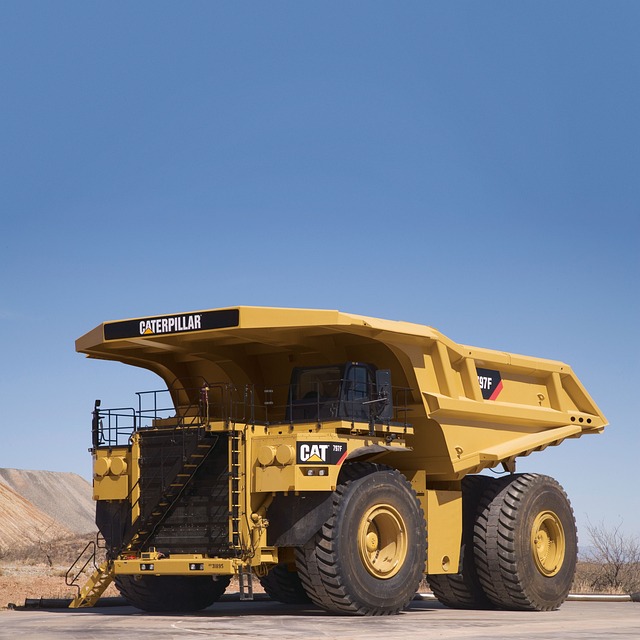Key Challenges In Automation Of Earthmoving Machines.
Earth-moving machines have been pivotal in supporting our modern infrastructure. From developing high rise buildings to intricate road structures, their role cannot be minimized. But as we forge into the future, the automation of these machines stands at the forefront of construction and engineering discussions. How are these behemoths being automated? What complexities arise as we strive for more efficient, autonomous operations? This article will delve into these queries, sparking a dialogue on the key challenges in automating earth-moving equipment and how they might be overcome.
Automation, a blend of technological advancements, presents both opportunities and hurdles. While it bears the promise of infusing efficiency, safety, and cost-effectiveness into operations, several challenges also emerge. These range from the technological to the regulatory, each posing its unique set of issues.
As we explore these challenges further, we journey into lesser-known territories, unearthing critical insights. So, buckle up as we traverse the rugged landscape of automating earth-moving machinery and its inherent challenges, learning about our potential barriers while envisioning the shape of things to come.
The automation of earthmoving machines presents several challenges, ranging from technological limitations to safety concerns.

Here are some key challenges:
Complexity of Tasks:
Earth-moving tasks often involve intricate operations such as excavation, grading, and loading. Developing algorithms capable of understanding and executing these tasks with precision and efficiency is a significant challenge.
Environmental Variability:
Construction sites can have unpredictable environmental conditions, including uneven terrain, varying soil types, and changing weather patterns. Automation systems must be able to adapt to these conditions in real-time to ensure safe and effective operation.
Sensor Integration:
Effective automation relies on accurate sensing of the machine's surroundings. Integrating sensors such as LiDAR, radar, and cameras to provide comprehensive situational awareness poses technical challenges, including sensor fusion and data processing.
Safety:
Ensuring the safety of workers and bystanders is paramount in construction environments. Automation systems must incorporate robust safety features to detect obstacles, prevent collisions, and respond appropriately to emergencies.
Regulatory Compliance:
Regulations governing the operation of heavy machinery vary across jurisdictions and may not always accommodate autonomous systems. Achieving compliance with existing regulations or advocating for updated standards is essential for widespread adoption of automated earthmoving equipment.
Reliability and Maintenance:
Earth-moving machinery operates in demanding conditions that can lead to wear and tear over time. Automation systems must be durable and reliable, requiring minimal maintenance to ensure continuous operation.

Operator Acceptance:
The introduction of automation may face resistance from operators concerned about job displacement or changes to their roles. Engaging with operators early in the development process and providing training on new technologies can help address these concerns.
Cost:
Developing and implementing automation solutions for earthmoving machinery can involve significant upfront costs. Companies must carefully assess the return on investment and consider factors such as increased efficiency, reduced labor costs, and improved safety when evaluating the financial viability of automation projects.
Conclusion
In an effort to streamline operations and drive efficiencies, the construction industry's push towards automating earthmoving machinery is clear. However, it's also evident that this initiative is not without challenges. They range across a vast spectrum, from the complexities of transitioning control architecture, and evolving autonomous machinery, to the regulations that need to be revised to accommodate this facet of progress.
But as we understand these challenges, it's vital to keep sight of what lies on the other side. A world where machines operate seamlessly and autonomously, poised to shape the very contours of our built environment with more precision and safety than ever before. So, as we move forward, it is essential to address and overcome these challenges systematically, paving the way for the future of automation, construction, and indeed, our world as a whole.



0 comments
Note: only a member of this blog may post a comment.